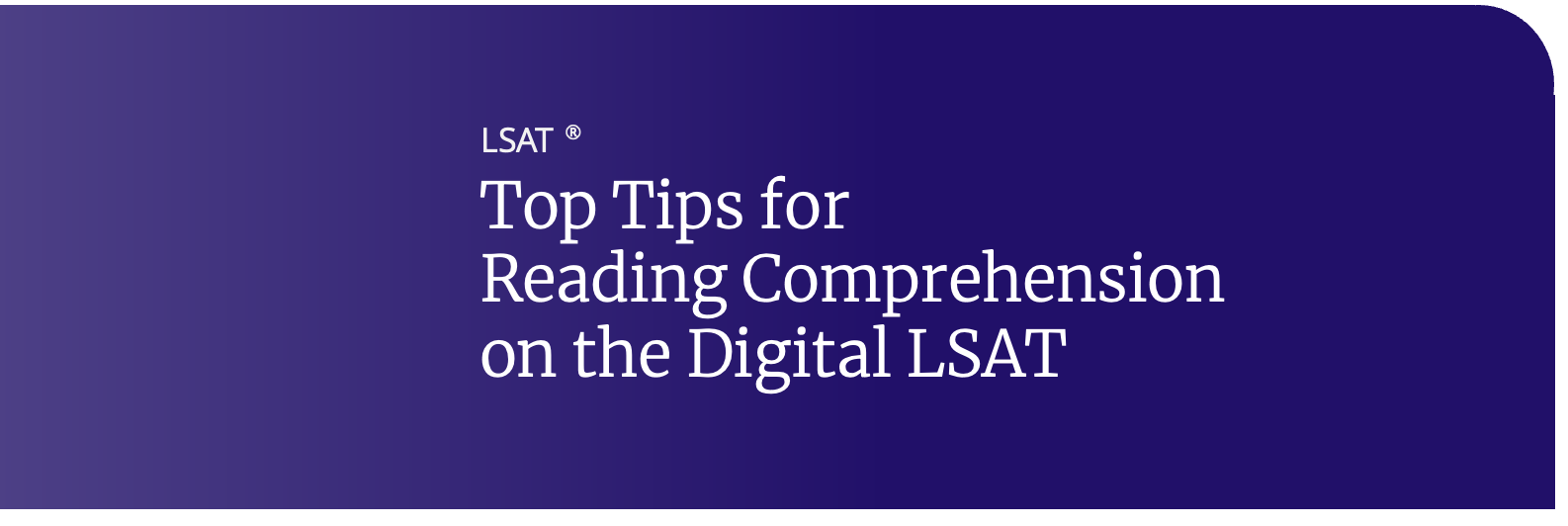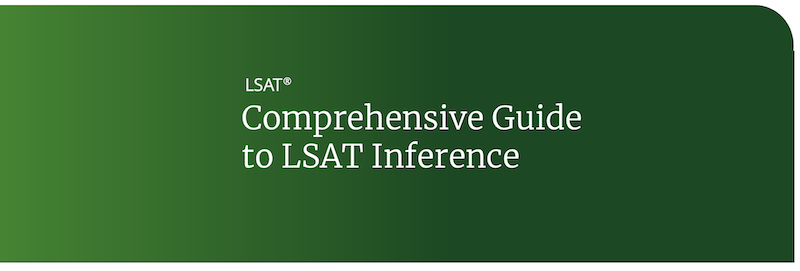LSAT Reading Comprehension: Detail & Inference Questions
The best thing about the LSAT is that it’s an open-book test. You’ll get better scores on the Reading Comprehension passages on the LSAT as long as you keep in mind the fact that you can ALWAYS refer back to the passage. Luckily, we don’t have to rely on memory alone! This is great practice for law school, as you’ll be spending a lot of time researching and reading dense materials.
To answer LSAT detail questions, find where the detail is located. This is best done by reading actively on the first pass, gathering the main gist, and making notes on the passage on your scratch pad as needed. Put your finger on the paragraph when you’ve found it on your screen, re-read the relevant info, make a prediction, and then eliminate the incorrect choices.
How can you recognize Detail questions? Like many LSAT Reading Comp questions, they have predictable phrasing and include specific verbiage. Phrases like “according to the passage,” “according to the author,” “as stated in the passage,” and “the author describes” are all clues that you are looking at a detail question.
Once you’ve recognized the question type, look for the “key phrase” – what kind of detail is being asked about? Let’s look at this sample question:
- According to the author, the motivation behind the building of the Arc de Triomphe was:
We can tell this is a detail question because of the phrase “according to the author.” The “key phrase” here is “motivation…building of the Arc.” We’ll need to scan back through the passage, asking ourselves where did the author discuss WHY the Arc was built? These key phrases help you refer back to the passage quickly and effectively.
Once you go to the answer choices, learn to identify the most common wrong answer traps. For detail questions, incorrect answers will often (1) distort the detail, (2) contradict the detail, or (3) answer a different question. Distortions may be answer choices that are “half-right” or ones that take the correct answer in an extreme or negative direction.
While other sorts of Reading Comprehension questions ask for information drawn directly from the corresponding passage or passages, some ask for for you to draw inferences from that information. Inference questions require that you reach further, get a little creative, and move past the literal.
That said, these questions are not necessarily difficult. In fact, most are quite easy, involving assumptions regarding the main ideas stated in the passage or passages. When reading the relevant passage or passages, it is often helpful to underline or otherwise mark the author’s main ideas and important lines of reasoning. This method will help with all questions in the section, but it will be particularly helpful for inference questions, which, again, often draw upon those main points and ask you to make assumptions regarding them.
Recognizing inference questions is typically fairly obvious, as most ask for you to identify things such as what can be “inferred” from the materials, what “assumptions” are made in the passage, or “implications” or “suggestions” that the author has made.
Once you’ve recognized an inference question, as with other types of Reading Comprehension questions, it it often helpful to note the answer options that are almost definitely incorrect. These may involve one or several of the following: absolute language (e.g., something is “always” or “never” true), assumptions that do not relate directly to the passage’s main ideas (or the passage at all!), or inferences that contradict or misstate the author’s views.
With these simple rules in mind, you should be able to spot inference questions quickly and easily, and — almost as easily — eliminate those answers that are wrong. Then move on to the answers you haven’t eliminated and look for those that follow most logically the main idea or viewpoint of the author of the relevant passage or paragraph.


